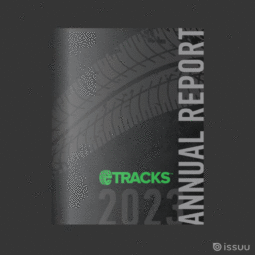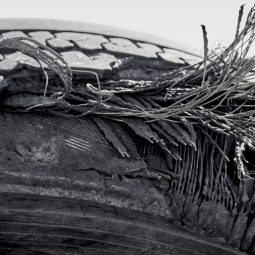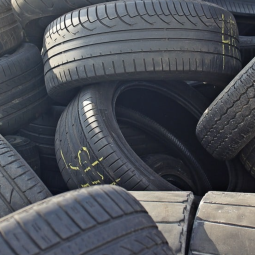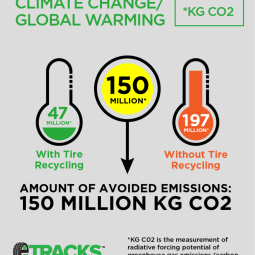
eTracks is a proud member of the Canadian Association of Tire Recycling Agencies (CATRA). We fully support CATRA’s statement issued in response to a January 14, 2020 article by a writer with the Canadian Press. This article that has been propagated across Canada contains misinformation about tire recycling. Read on for the complete statement from CATRA.
CATRA is issuing this statement in response to a January 14, 2020 article by a writer with the Canadian Press. The article contained many erroneous statements regarding the state of tire recycling in Canada and regrettably, it was shared by at least 70 news outlets across the country.
The Canadian Press article focused on a new tire recycling technology developed by researchers at McMaster University in Hamilton, Ontario. CATRA commends this noteworthy achievement which is of significant interest to many of CATRA’s member recycling agencies. Our members always seek out opportunities for new and higher value uses for scrap tires and are encouraged to learn of this recent development.
Where the article fails is in several inaccurate anecdotal comments by the head researcher with respect to Canada’s tire recycling industry in general. Below is CATRA’s statement to correct to those inaccuracies.
Article: Most tires end up in landfills.
No. Through the efforts of the recycling programs of CATRA’s member agencies, annually there are about 450,000 tonnes of end-of-life tires recycled, for a national diversion rate exceeding 100%. At a provincial level, this rate is also maintained by Ontario where the research project occurred.
CATRA defines ‘diversion rate’ as the tonnes of Tire Derived Products (TDP) created + the tonnes of Tire Derived Fuel (TDF) consumed, divided by the tonnes of scrap tires collected. Examples of TDP and TDF are provided later in this statement.
This 100% diversion rate demonstrates that all scrap tires collected are turned into either TDP or TDF on a continuous basis. Combined with the fact that virtually all scrap tires available for collection are actually collected, there are no known stockpiles of significance in Canada. This is further supported by the limited number of complaints received by the member agencies with respect to the scrap tire collection services provided. Canada is recognized as a – if not the – world leader in collection and diversion performance.
Very few scrap tires go into a landfill. This has been the case for many years. While most provinces do not have an outright ban on landfilling tires, any tires received there are normally set aside by the landfill operators for pickup by processors in the provincial programs.
Article: The massive fire that burned for weeks in a pile of 14 million scrap tires near Hagersville, Ontario, roughly three decades ago is an example of the potential dangers.
No. The 1990 Hagersville tire fire referenced in the article was the impetus for implementing Canada’s scrap tire programs, beginning with British Columbia’s program in 1991 and the other provinces following in short order.
The types of stockpiles that existed in 1990 are not tolerated by any member agencies, nor are they likely to occur given the ongoing demand for scrap tires for use in end products. Further, the working inventories of the scrap tire processors in each province must meet local and provincial government rules with respect to storage, and some provincial programs also limit the volume of tires permitted in a processor’s working inventory.
Article: There is really no good way to deal with scrap tires – a small proportion of tires are ground up to use in playgrounds or asphalt.
No. As already stated, all scrap tires collected are turned into marketable products or fuel. Up to 95% are turned into TDP which includes crumb rubber, molded products, tire derived aggregate (TDA), mulch, steel and blasting mats. The remainder are used as an alternative to fossil fuels, mainly in cement kilns.
Industry performance details are available in the CATRA 2018 Annual Report. The 2019 report is currently being prepared and will demonstrate the continuation of Canada’s exemplary performance. Further, the CATRA website includes both national and provincial statistics on tire collection and diversion since 2010, along with other valuable information on the landscape of Canada’s tire recycling industry.
In closing, for current and accurate information on tire recycling in Canada, CATRA always welcomes questions from anyone interested both nationally or globally. The contact form on the CATRA website is available for that purpose.







